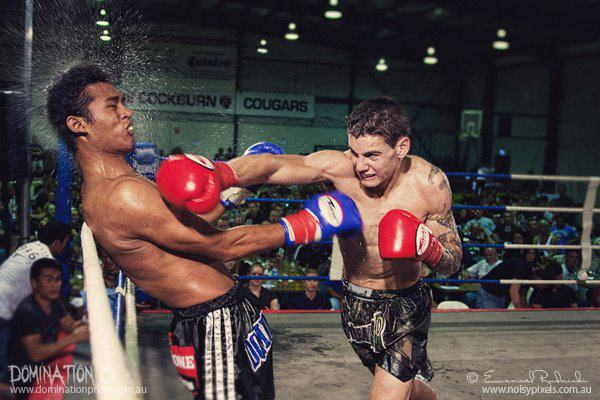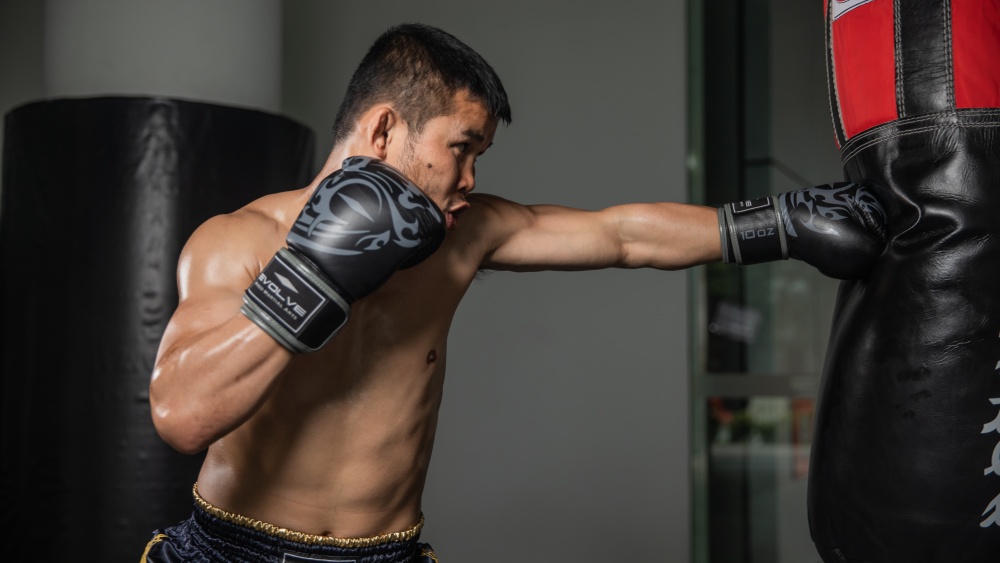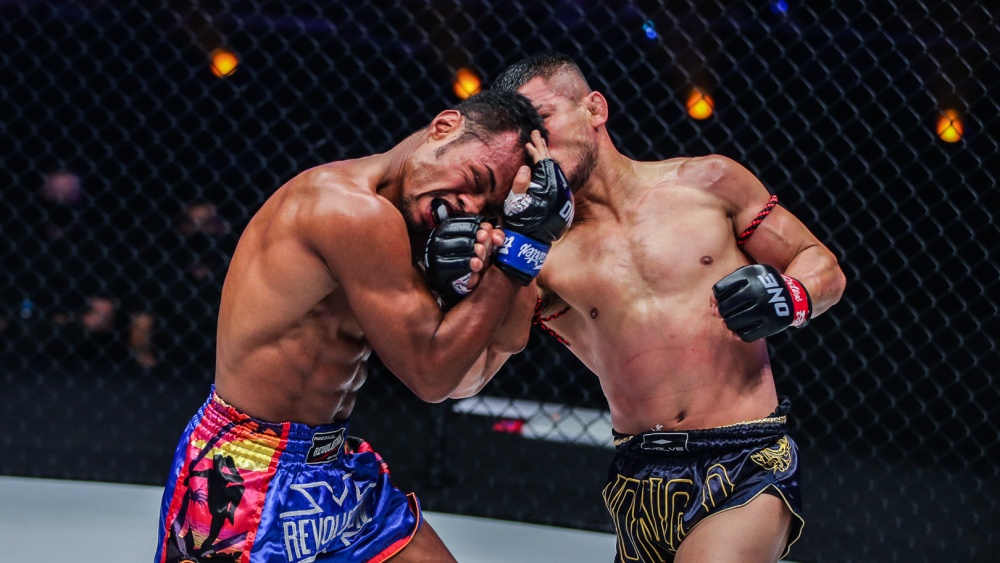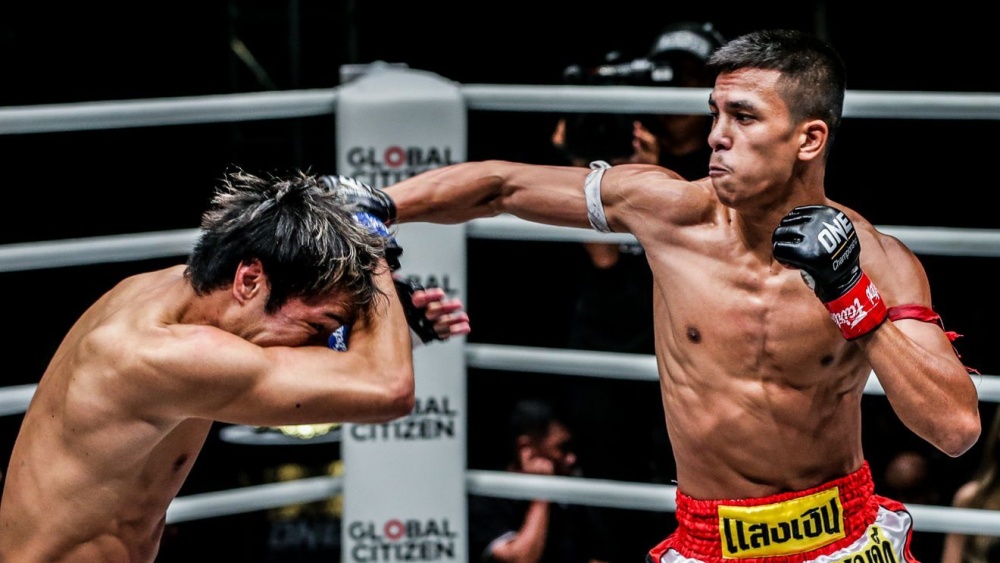
Muay Thai Hook punch (What is a hook in Muay Thai?)
The Muay Thai hook punch is crucial in combat sports like Boxing and Muay Thai, especially the left hook for conventional fighters and right hook for southpaws.
Understanding the Left Hook Punch: Versatile and powerful, it targets the chin or body, but mastering it can be challenging due to its complexity and reliance on coordination with the weaker hand.
Rear Muay Thai Hooks are Rare: Conventional fighters rarely use the right hook due to its shorter reach and difficulty in landing without advancing.
Focus on lead hand practice for both conventional fighters (left) and southpaws (right) to develop hooking skills effectively.
Muay Thai hook technique
(How to throw a right hook in Muay Thai)
-
Establish a Solid Base: Begin with a strong base, adopting a basic Muay Thai stance and a neutral position. Keep both arms defensively raised, elbows tucked in, and maintain relaxation.
-
Determine Your Range: Ensure you are within striking distance of your opponent before attempting a hook. A recommended combination before a left hook is a left jab, right cross, followed by the left hook.
-
Execute the Hook: Initiate the punch with the lower body, bending the knees and transferring weight to the lead foot. Rotate the right shoulder clockwise while dipping the left shoulder and arm slightly, creating a ‘wind-up’ for power and speed.
Pivot on the lead foot, rotating hips and shoulders as you hook your arm at a 90° angle, keeping the wrist straight. The arm follows a horizontal plane as the body rotates.
-
Hit Your Target: Rotate on the lead foot, directing the punch with your entire body. Keep the left shoulder up, chin tucked behind it, and the right hand guarding the opposite side of your chin. Make contact with a snapping motion for maximum impact.
-
Return to Guard: After the punch, bring your arm back to the guard position, hands up, protecting your chin and upper body.
Should you hook thumb up?
In Muay Thai, the orientation of the thumb during a lead hook differs from traditional boxing. In contrast to the common American boxing approach, Muay Thai practitioners often turn their thumb sideways or down when throwing a lead hook. This technique aims to generate power by leveraging the entire arm and shoulder, emphasizing a rotational force in the strike.
Why is it called a Muay Thai hook punch?
Unlike straight punches that move directly towards the opponent, a hook punch comes from the side, taking a more circular route. This lateral movement allows the hook punch to target an opponent from an angle, potentially bypassing their guard and landing on the side of the head or body.
Additional Tips:
- Keep the rear leg grounded, avoiding unnecessary lifting during the punch.
- Avoid telegraphing the hook to prevent your opponent from anticipating your moves.
- Emphasize technique over brute force, with proper body movements and timing being crucial for an effective hook.
- When targeting the body, maintain a defensive stance to protect against counter-attacks.
Muay Thai hook vs boxing hook
Thai Hook:
- The Thai hook is tight and often involves more elbow movement. It’s thrown from a high guard and upright stance, usually in close range or clinch situations. There’s less emphasis on pivoting, as I need to stay balanced to defend against kicks and knees.
Boxing Hook:
- The boxing hook is wider with a big elbow arc and lots of torso rotation. I throw it from a lower guard and crouched stance, using a pivot on the lead foot to generate power. It’s designed to knock out or seriously hurt the opponent, often used in combinations.
How to do a perfect hook? (Summary)
- Stance Matters: Adopt a Strong Muay Thai Base
- Find Your Range: Ensure Proper Distance from Your Opponent
- Wind-Up with Lower Body: Initiate the Hook with Hip Rotation
- Hook Mechanics: Execute a Snapping Motion for Maximum Impact
- Return to Guard: Always Protect Yourself After Throwing the Hook
- Practice and Refine: Master the Basics for a Powerful Muay Thai Hook
How can I land more hooks in sparring?
Here are some tips and advice I’ve gathered:
-
Angle and Positioning: One thing I’ve tried is angling in instead of approaching head-on. Finding better angles allows me to get inside and land hooks more effectively .
-
Setup with Other Strikes: Setting up hooks with other strikes has been helpful. For instance, using straight punches to draw my opponent’s guard to the center and then throwing hooks around their guard . Faking leg kicks to set up hooks or vice versa also works well .
-
Distance Management: As a longer fighter, I find it crucial to manage distance. Practicing measuring and posting with my lead hand helps me determine if I need to step in to land the hook effectively . I’ve also started using longer hooks, which feel more natural for my range .
-
Feints and Combos: Incorporating feints has improved my success rate. Faking a jab to get my opponent to react and then following up with a hook has been effective. Combining hooks into a series of strikes, like a jab-hook-cross, helps maintain pressure and opens up opportunities .
-
Close Range Practice: Practicing hooks in closer range during partner drills has also made a difference. Ensuring my partner blocks or uses their glove as a focus mitt during drills simulates a more realistic sparring scenario .
-
Consistency and Repetition: The more I practice, the better I get. Throwing more hooks during training, even if they don’t always land clean, helps improve my technique and timing over time .
By applying these strategies, I’ve been able to land hooks more frequently and effectively in my sparring sessions.
